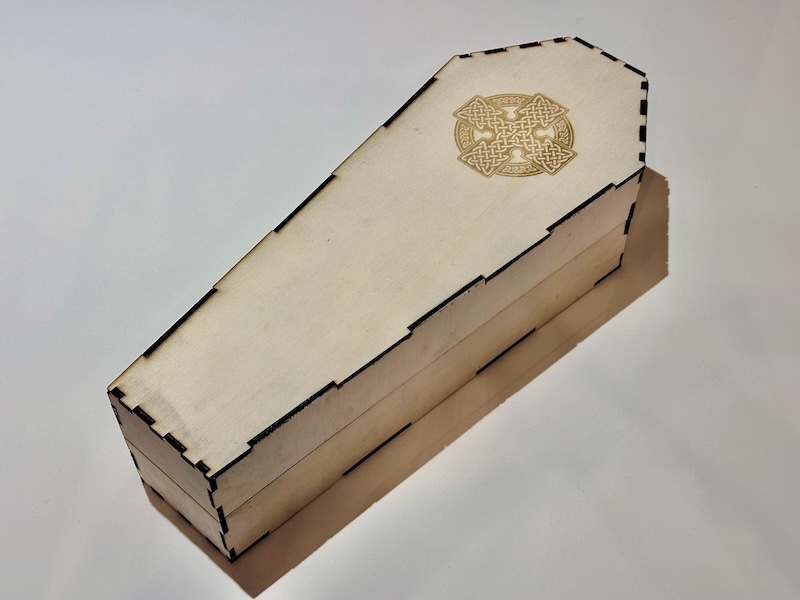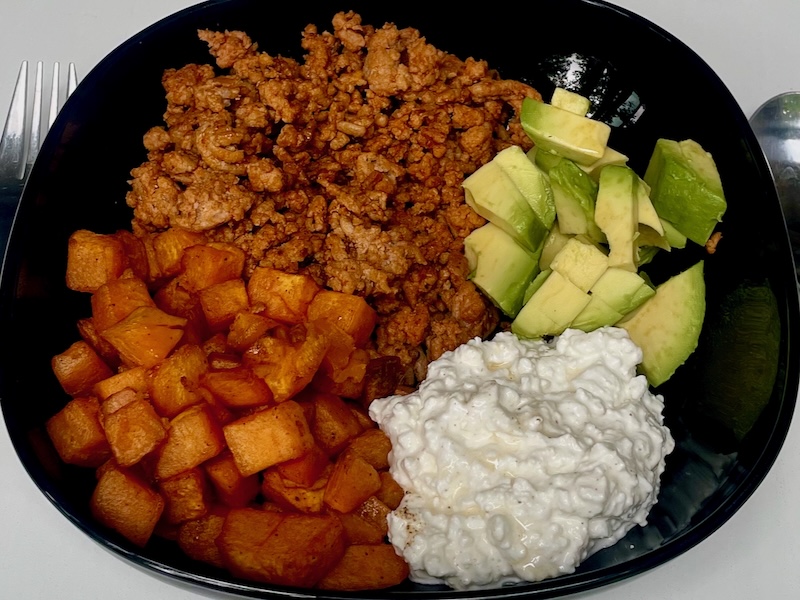MacTex and KULEMT
Sorry,... this page has been retired.
As this site grows older, so does some of its content and so do I. And as I grow older, I progress into new areas and my focus shifts. So from time to time, I clean up, to make room for new and more interesting things.
In a next iteration it will be removed completely.
 vCard
vCard
 Homemade by CVG
Homemade by CVG My Homemade Apps
My Homemade Apps Thingiverse
Thingiverse
 Strava
Strava



